
The History of Minneapolis, Minnesota

Even though the Twin Cities of Minneapolis and St. Paul are often considered to be one large metropolitan area, they are, in fact, two distinct cities. While their pasts are similar, there are slight differences that give the Minneapolis community its unique qualities.
Literally, Minnesota means “water that reflects the clouds and sky above” and hails from the Dakota language’s phrase “mní sóta.” Minneapolis comes from the same “mní” and the Greek “-polis,” hybridizing to name a city of water—appropriate considering its nickname, City of Lakes, and the many Minneapolis lakefront homes. While much more can be learned and explored with interactive exhibits at the Minnesota History Center, here’s a brief overview of Minneapolis’ history and evolution.
Minneapolis’ First Residents
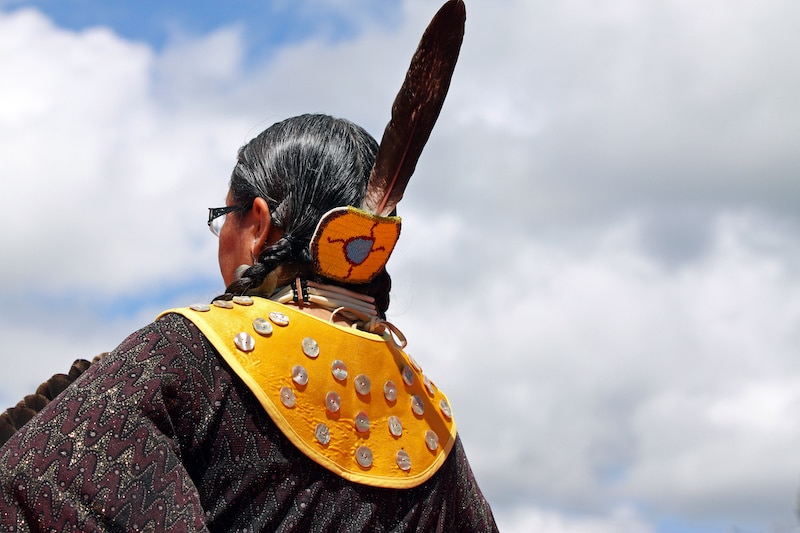 The Sioux extension tribes of the Dakota and Ojibwe Natives migrated into Minneapolis long before other settlers arrived. These skilled horsemen and hunter-gatherers were attracted to the region due to the abundance of food and shelter-building resources. However, the two dominant tribes had a long, storied history of fighting until a more stable relationship was decided via a demarcation of property boundaries in 1825.
The Sioux extension tribes of the Dakota and Ojibwe Natives migrated into Minneapolis long before other settlers arrived. These skilled horsemen and hunter-gatherers were attracted to the region due to the abundance of food and shelter-building resources. However, the two dominant tribes had a long, storied history of fighting until a more stable relationship was decided via a demarcation of property boundaries in 1825.
This “peace” would be short-lived, as the Sioux were relocated by the U.S. government onto lands along the Mississippi River where, ultimately, the tribes couldn’t sustain themselves on available resources. Hunger, hardship, and a desire for retribution resulted in the U.S.-Dakota War of 1862. Ten years later, the governor of Minnesota declared that the natives must be driven out or exterminated—a call the natives heard loud and clear.
Many fled, hid, or were forced out, and many were captured and imprisoned at sites like Fort Snelling and Crow Creek. Ultimately, many perished, and those that survived were typically colonized and assimilated into “civilized” American society and ways of life.
Europeans Arrive in Minneapolis
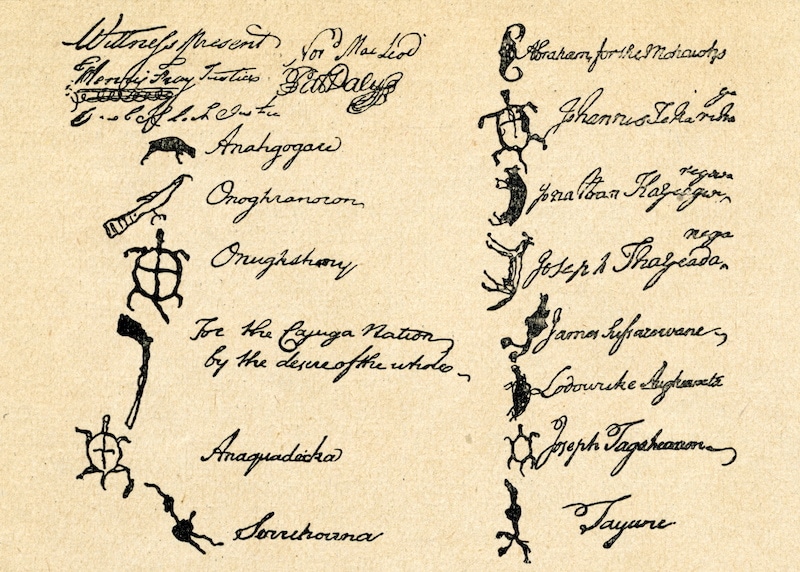 After the natives, the next visitors to the land were explorers in the 1650s. They mapped out and claimed Lake Superior’s coast from France and made fur trading agreements with the Ojibwa in the 1870s. Explorer Daniel Greysolon, Sieur du Lhut, from France came to survey the St. Croix River region in 1679 in search of more land to expand the French territory.
After the natives, the next visitors to the land were explorers in the 1650s. They mapped out and claimed Lake Superior’s coast from France and made fur trading agreements with the Ojibwa in the 1870s. Explorer Daniel Greysolon, Sieur du Lhut, from France came to survey the St. Croix River region in 1679 in search of more land to expand the French territory.
Greysolon also assisted with securing intertribal peace treaties, and the city of Duluth is named after him. Another familiar name in Minneapolis history is Father Louis Hennepin, who was rescued by Greysolon along with others being held captive by opposing forces. Many remembrances of Hennepin, including the names of streets and even Hennepin County, are all across the city today. Getting back to the past, less than 100 years after the French and Indian war culminated in 1763, the British controlled much of the region’s eastern section—but only for 20 years.
In 1803, the U.S. bought the land that is now Minnesota as part of the Louisiana Purchase after the Revolutionary War. Eventually, the Dakota people signed a treaty with the U.S. for the lands, and in 1832, Henry Schoolcraft discovered the source of the Mississippi River with Ojibwa guides. Today, this area is known as Lake Itasca and is a treasured asset to the community for water recreation and exploration.
Fort Snelling and the Founding of Minneapolis
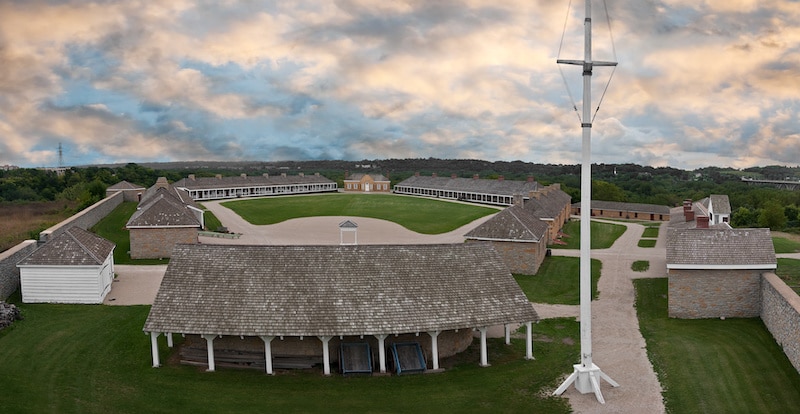 Constructed at the meeting point of the Mississippi and Minnesota Rivers, Fort Snelling was established to extend U.S. jurisdiction over the region in 1819. The first winter was harsh, with starvation and scurvy wiping out a fifth of the soldiers at the camp. To supply and complete the fort, the crew built Camp Coldwater near a flowing spring.
Constructed at the meeting point of the Mississippi and Minnesota Rivers, Fort Snelling was established to extend U.S. jurisdiction over the region in 1819. The first winter was harsh, with starvation and scurvy wiping out a fifth of the soldiers at the camp. To supply and complete the fort, the crew built Camp Coldwater near a flowing spring.
The men constructed roads, grew regional crops, and established lumber and grist mills powered by the falls. Once completed in 1825, Fort Snelling became a central hub amid the territory. Communities cropped up on each side of the mighty Mississippi, with the west being dubbed Minneapolis and the east side being named St. Paul.
Over the next 25 years, Minnesota went on to become a U.S. territory in 1849, and the two riverside communities became known as the Twin Cities. With the Treaty of Traverse des Sioux in 1951, the remaining land west of the river was sold by the Mdewakanton, which paved the way for Minnesota to be admitted to the Union in 1853 as the 32nd state.
Industry in Minneapolis
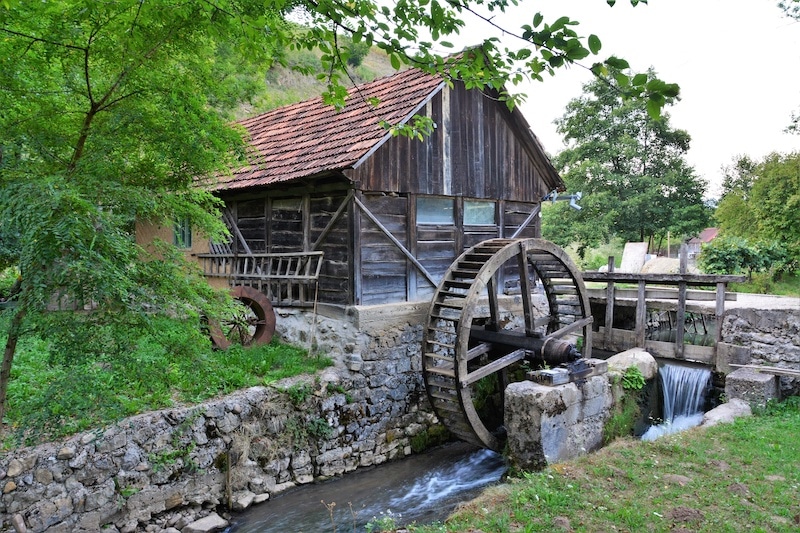 The Minneapolis and St. Louis Railway dominated freight in the milling district until around 1880, when competition slowed the line’s demand. The nearby Anthony Falls improved power access to a multitude of businesses and industries. This water-generated power allowed sawmilling to become a major industry from 1854 to 1887, with production increasing during that period from 12 million board feet to over 960 million at its peak.
The Minneapolis and St. Louis Railway dominated freight in the milling district until around 1880, when competition slowed the line’s demand. The nearby Anthony Falls improved power access to a multitude of businesses and industries. This water-generated power allowed sawmilling to become a major industry from 1854 to 1887, with production increasing during that period from 12 million board feet to over 960 million at its peak.
The flour milling industry came upon the scene around 1860 with 30,000 barrels of production that year, which rose to over a quarter million by 1870. Cadwallader C. Washburn was a flour pioneer who built an imposing six-story mill in 1866, the largest west of Buffalo, New York. Other businesses and industries in the city during this era include machine shops, foundries, and textile mills.
Today, Minneapolis is a leader amid many industries and sectors across a wide array of interests. A huge number of jobs are found in medical instrument creation. Supplies-manufacturing industries alone account for 8,300 local firms. Printing and publishing, along with computer and data processing services, are huge in this community. Other sectors with a dominating industry presence include transportation, agriculture, and engineering.
Minneapolis in the Great Depression
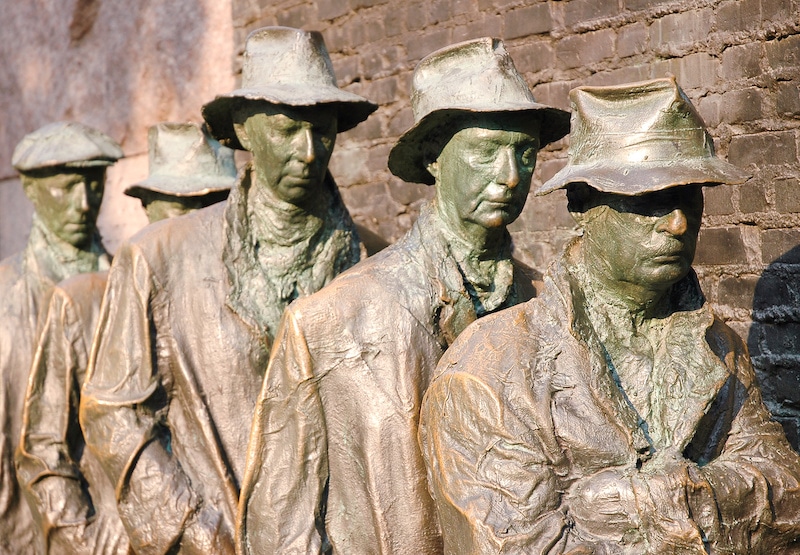 The economic crisis between 1930 and 1933, better known as The Great Depression, took a stronghold in Minnesota. Minneapolis didn’t immediately feel the effects, but by 1931, unemployment was at 25%. By 1933, more than a quarter of residents had lost their income by as much as a third. Hunger, desperation, and hopelessness prevailed during those dark times.
The economic crisis between 1930 and 1933, better known as The Great Depression, took a stronghold in Minnesota. Minneapolis didn’t immediately feel the effects, but by 1931, unemployment was at 25%. By 1933, more than a quarter of residents had lost their income by as much as a third. Hunger, desperation, and hopelessness prevailed during those dark times.
Children took to the streets as beggars and pickpockets to help their families survive. Strikers hit the streets in protest, resulting in numerous conflicts and riots between police officers and citizens. The consequences of The Great Depression would be felt until the late 30s, even with help on the way in the form of legislation.
After taking office in 1933, President Franklin D. Roosevelt aimed to help families and businesses recover from the crisis with a series of established aid entities. These included agencies such as the Agricultural Adjustment Administration (AAA), the Public Works Administration (PWA), the Federal Emergency Relief Administration (FEMA), and others. Together, these initiatives would be the foundations of what later became known as the “New Deal.”
Fort Snelling During World War II
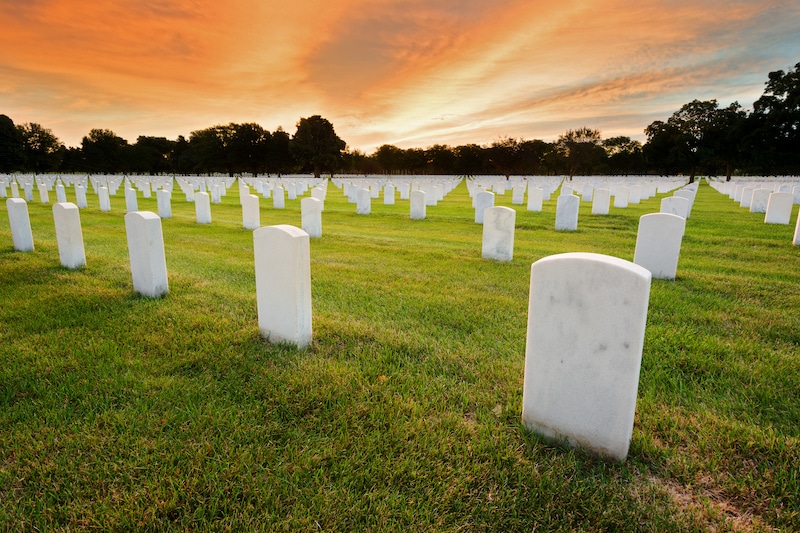 From 1941–1945, the globe was awash in one of the most intense battles of all time—World War II. Upon the United States’ entry into the war, Fort Snelling became the central place where incoming recruits were:
From 1941–1945, the globe was awash in one of the most intense battles of all time—World War II. Upon the United States’ entry into the war, Fort Snelling became the central place where incoming recruits were:
- Introduced into the military
- Officially sworn into duty
- Provided medical exams and vaccines
- Received their duty assignments
- Issued basic equipment and uniforms
Numerous special forces units such as the 99th Infantry Battalion (Separate), linguistics experts and spies for intelligence gathering, and Military Railway Service soldiers were trained at the base. More than 300,000 recruits passed through Fort Snelling during World War II, many of whom did not return. Decommissioned in 1946, Fort Snelling is no longer an active military post, but it still serves U.S. Armed Forces reservists’ needs as a training facility.
Today, visitors can learn all about this site’s past and present amid natural spaces, museums, towers, and much more at Historic Fort Snelling. This National Historic Landmark is situated on predominantly Dakota homelands from as far back as 10,000 years ago. Learn about the Native peoples, immigrants, soldiers, and veterans who transformed and established the landscape of what is now Minneapolis.
Historic Minneapolis, Minnesota: Come Delve Into the Past
Minneapolis’ exciting past is filled with stories of triumph and tragedy alike. This community takes great care in preserving the artifacts, culture, and structures that truly represent the region’s rich history. Get out and about Minneapolis to explore how life used to be and what made the Twin Cities a reality.



